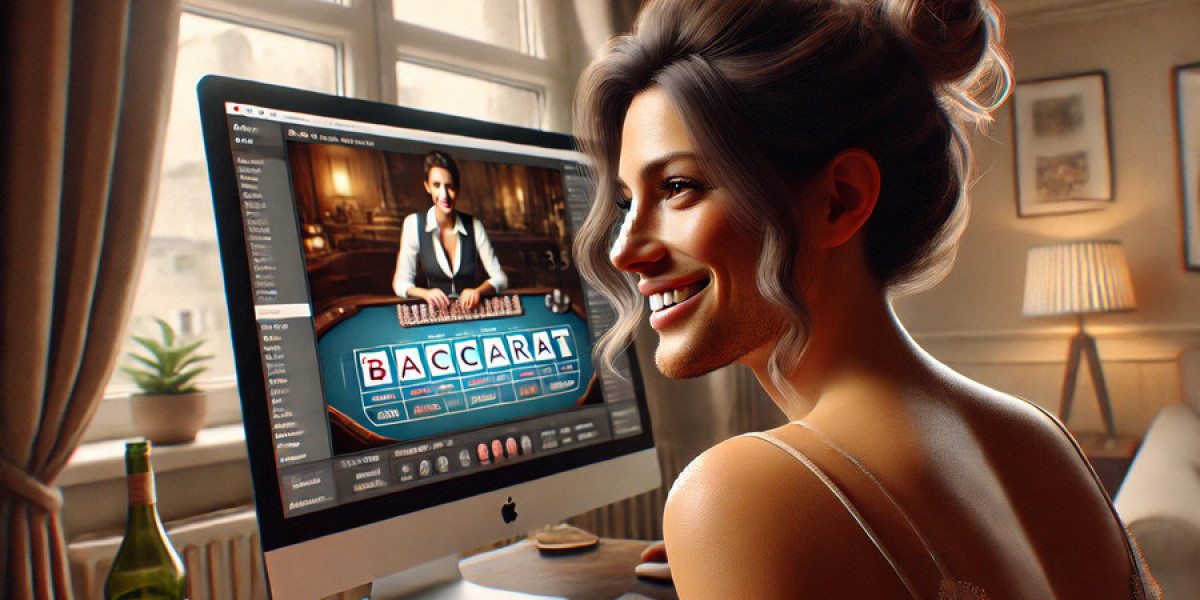In the competitive world of retail, creating a memorable shopping experience is essential for attracting and retaining customers. The interior design of a retail space plays a pivotal role in shaping that experience. A well-designed retail environment not only showcases products effectively but also reflects the brand's identity and values. So, what makes a retail interior design truly stand out? This article explores the key elements that contribute to exceptional retail design and how interior design firms, including orange county architecture firms, can help bring these concepts to life.
The Importance of Retail Interior Design
Retail interior design goes beyond mere aesthetics; it encompasses the entire shopping experience. A thoughtfully designed space can influence customer behavior, enhance brand orange county architecture firms , and ultimately drive sales. Here are some reasons why retail interior design is crucial:
First Impressions Matter: The moment customers walk into a store, they form an impression based on the design. A visually appealing and well-organized space can create a positive first impression, encouraging customers to explore further.
Brand Identity: The design of a retail space should reflect the brand's identity and values. This connection helps customers feel aligned with the brand, fostering loyalty and repeat visits.
Customer Experience: A well-designed retail environment enhances the overall customer experience. From layout to lighting, every element contributes to how customers perceive the brand and interact with products.
Key Elements of Standout Retail Interior Design
1. Effective Space Planning
Space planning is the foundation of successful retail design. It involves organizing the layout to optimize customer flow and product visibility.
Zoning: Dividing the space into distinct zones for different product categories can help customers navigate the store more easily. For example, placing high-demand items near the entrance can draw customers in, while creating cozy areas for browsing can encourage longer visits.
Traffic Flow: Understanding how customers move through the space is essential. Designers should create clear pathways that guide customers naturally from one area to another, minimizing congestion and enhancing the shopping experience.
2. Engaging Visual Merchandising
Visual merchandising is the art of presenting products in a way that captures attention and encourages purchases. Effective visual merchandising can make a significant difference in how products are perceived.
Display Techniques: Using creative display techniques, such as themed displays or interactive elements, can draw customers in and highlight key products. For instance, an interior design firm might suggest using unique shelving or fixtures that complement the brand's aesthetic.
Lighting: Lighting plays a crucial role in visual merchandising. Properly placed lighting can highlight specific products, create ambiance, and enhance the overall shopping experience. Warm, inviting lighting can make customers feel more comfortable, while bright, focused lighting can draw attention to featured items.
3. Incorporating Technology
In today’s digital age, integrating technology into retail design can enhance customer engagement and streamline operations.
Interactive Displays: Incorporating interactive displays, such as touchscreens or augmented reality experiences, can create a more immersive shopping experience. Customers can learn more about products, access additional information, or even visualize how items would look in their own homes.
Mobile Integration: Designing spaces that accommodate mobile technology, such as charging stations or Wi-Fi access, can enhance the customer experience. This allows customers to stay connected while shopping, making it easier for them to research products or share their experiences on social media.
4. Creating a Unique Atmosphere
The atmosphere of a retail space can significantly impact customer behavior. A unique and inviting atmosphere encourages customers to linger and explore.
Color and Texture: The use of color and texture can evoke specific emotions and set the tone for the shopping experience. For example, warm colors and soft textures can create a cozy, inviting atmosphere, while bold colors and sleek finishes may convey a modern, energetic vibe.
Brand Storytelling: Incorporating elements that tell the brand's story can create a deeper connection with customers. This could include artwork, signage, or design features that reflect the brand's history, values, or mission.
5. Sustainability and Eco-Friendliness
As consumers become more environmentally conscious, incorporating sustainable design practices into retail spaces is increasingly important.
Sustainable Materials: Using eco-friendly materials and finishes can enhance the brand's image and appeal to environmentally conscious customers. This includes sourcing materials that are renewable, recycled, or locally produced.
Energy Efficiency: Designing energy-efficient spaces not only reduces operational costs but also demonstrates a commitment to sustainability. This can include using energy-efficient lighting, HVAC systems, and water-saving fixtures.
The Role of Interior Design Firms
Interior design firms play a crucial role in bringing standout retail designs to life. Their expertise in space planning, visual merchandising, and brand identity helps create environments that resonate with customers.
1. Tailored Solutions
Interior design firms work closely with retailers to understand their unique needs and objectives. They provide tailored design solutions that align with the brand's identity and enhance customer engagement.
2. Collaboration with Architects
Many interior design firms collaborate with architects to ensure that the design is cohesive and functional. For example, orange county architecture firms can work alongside interior designers to create spaces that are not only visually appealing but also structurally sound and compliant with regulations.
3. Staying Current with Trends
Interior design firms stay up-to-date with the latest design trends and technologies. This knowledge allows them to incorporate innovative solutions that enhance the retail experience and keep the brand relevant in a competitive market.
What People Also Ask
What is the importance of retail interior design?
Retail interior design is important because it influences customer behavior, enhances brand identity, and improves the overall shopping experience, ultimately driving sales and customer loyalty.
How can effective space planning improve a retail store?
Effective space planning optimizes customer flow and product visibility, making it easier for customers to navigate the store and find what they need, which can lead to increased sales.
What role does visual merchandising play in retail design?
Visual merchandising captures customer attention and encourages purchases by presenting products in an appealing and engaging manner, using techniques such as creative displays and effective lighting.
How can technology enhance the retail experience?
Technology can enhance the retail experience through interactive displays, mobile integration, and personalized shopping experiences, making it easier for customers to engage with products and the brand.
Why is sustainability important in retail design?
Sustainability is important in retail design because it appeals to environmentally conscious consumers, reduces operational costs, and demonstrates a brand's commitment to social responsibility.
Conclusion
Designing a retail space that truly stands out requires a thoughtful approach that considers various elements, from effective space planning to creating a unique atmosphere. By focusing on customer engagement, brand identity, and sustainability, retailers can create environments that not only attract interior design firm but also encourage them to return.
The expertise of an interior design firm is invaluable in this process. With their knowledge of design principles and trends, they can help businesses create spaces that resonate with customers and enhance the overall shopping experience. As the retail landscape continues to evolve, investing in standout interior design will be essential for businesses looking to thrive in a competitive market.






